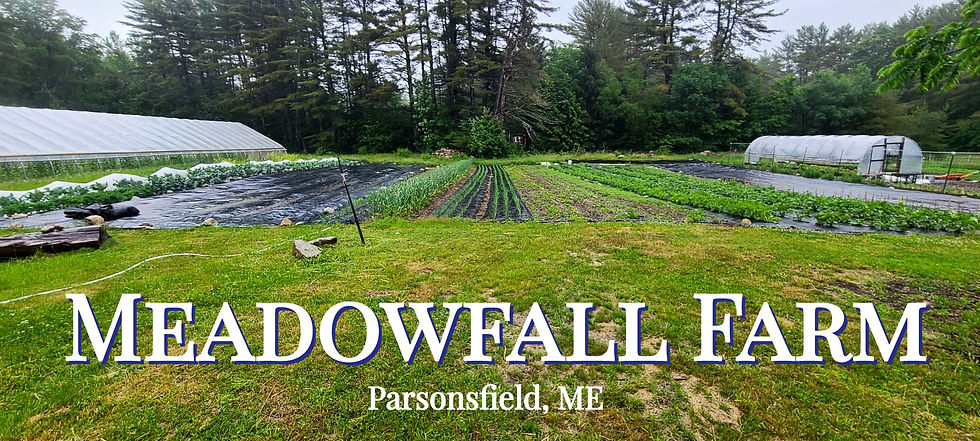Climate, Wild Fires and the Pandemic vs. Farmers and Manufacturers
- Wolfeboro Food Coop

- Aug 13, 2021
- 2 min read
Updated: Oct 24, 2021
In 2020, droughts ravaged the country and wild fire season had it's way with the West coast as it does nearly every year. Despite this, food manufacturers swallowed the increased costs of many staple foods in order to keep products affordable to the consumer during troubling times. A year later, we are worse off than we were last year with hotter temperatures (over 210 million acres of crops are experiencing droughts right now), more wide-spread fires and the labor market struggling to pay people enough to return to the workforce during the pandemic.

Manufacturers cannot maintain eating the increased costs and farmers cannot produce enough on their dried up fields either. Thus a domino effect is catching up to them and prices of wheat, corn and soybeans as well as maintaining livestock are going to rise.

Nations across the globe are finding similar unavoidable trickle affects throughout their agricultural industries. Raising cost of goods sold seems inevitable at this point if the industry is going to survive. From Trinidad, Spain- “In addition to covid19 being a global phenomenon, the cost of shipping, which has elevated to alarming levels, the demand and supply situation with several countries back stocking for their own food security, and the cost of shipping to our ports, it is going to create a cocktail where we are going to be concerned about production of flour and what it means for meeting demand and staying within a price point to meet the expectations of the nation,”--Supermarkets Association president Rajiv Diptee. Sales and distribution which includes promotion, packaging, warehousing, storage and delivery went up by millions of dollars. The result was an 84% reduction in profit, from $13,686,000 in 2021 to $2,145,000.

Here in the U.S., different crops are feeling the heat, no pun intended, depending on what region of the country are predominantly grown in. This would explain the how and why prices on certain items have risen substantially over the past 6 months.
99% of Summer Wheat production
43% of the Hog farmers are in drought territory.
87% of Sunflower production
87% of Barley
47% of Milk Cow production
As you can see, with commodities being hit this hard and not enough government funding to cover the losses, prices are bound to rise more in the coming months. Buy local when you can and cross your fingers that the West finds reprieve soon.





コメント